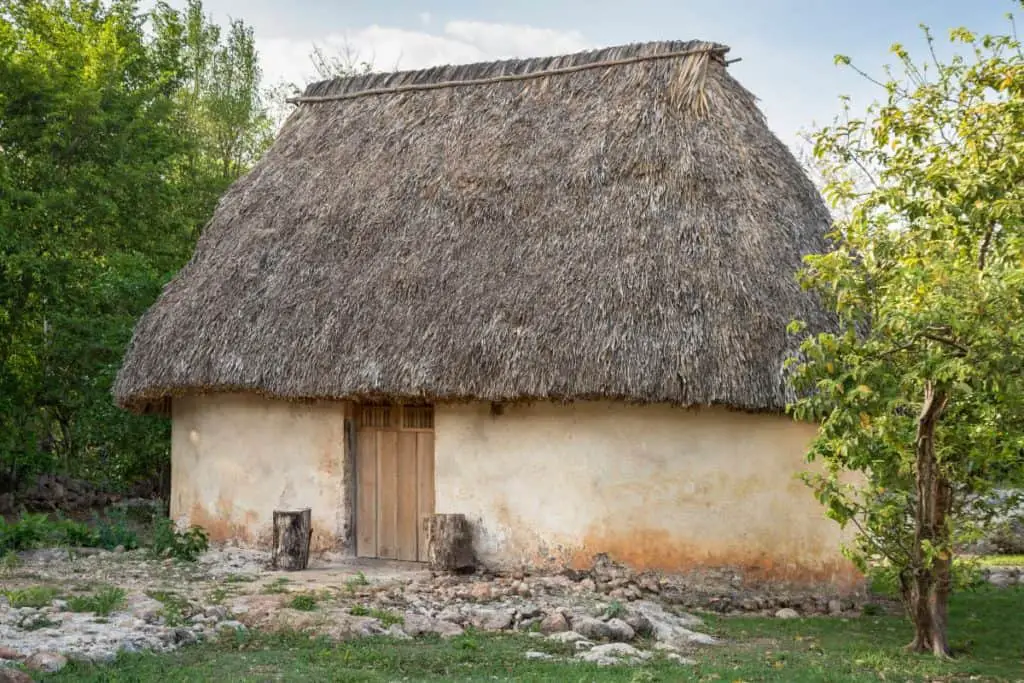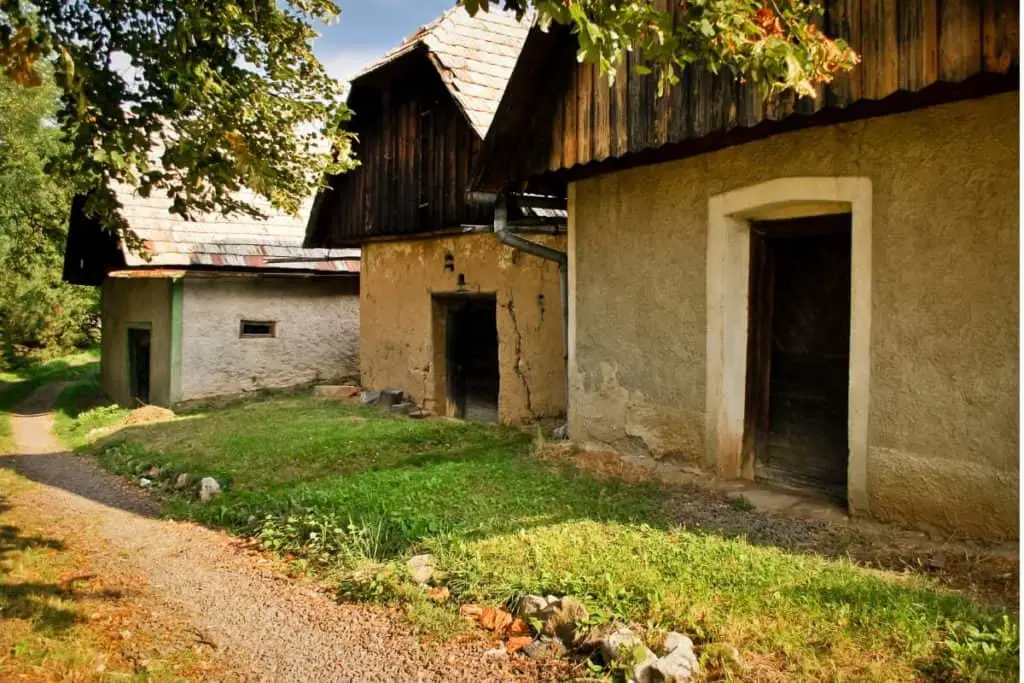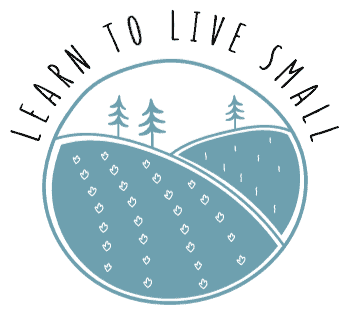Cob homes are one of the most inexpensive, green, and sustaining alternatives to conventional houses. Cob structures are produced from mud or clay, which makes its exterior unique and interior healthy and is considered one of the solid natural building techniques. However, building cob houses is labor-intensive and an arduous, even if rewarding, process.
In any case, if you are considering building cob houses—here are some pros and cons of cob houses you should know to make an informed decision:
Pros:
- Cob homes are incredibly inexpensive to build. The preliminary ingredient you require is mud or clay which is available for free.
- Cob houses provide a kind of creative liberty and flexibility that other alternatives do not. You can mold the mud into any shape and structure as you require, experiment with design and colors. In fact, cob houses attract most people due to their unique designs and aesthetic. It really brings out the builder’s creative vision into a physical form.
- Building cob houses can be a rewarding experience. Some people do it to have fun with their partners, while others seek a place to call their own. Whatever the reason, building cob houses is an immersive and fun experience.
- Cob houses are made to last a lifetime. They have brilliant resistance to earthquakes and have high thermal retention which makes them appealing for cold climates
- Furthermore, due to the thick walls of the mud, cob houses are acoustic-proof, cancelling exterior noise and providing a quiet interior.
- Natural materials makes it a supreme locally sourced, sustainable option.

Cons:
- The preliminary disadvantage of a cob house is that its labor intensive. Most people get discouraged from building a cob house solely because of the time and labor it requires.
- Another con of a cob house is that it can not endure wetness. Cob houses are not recommended to be made on flood plains, as they can not protect against the harshness of water, even heavy rainfall. High humidity places can also be problematic.
- Cob houses mostly work when the builder is acquainted with basic know-how of the art. Not many people today are familiar with building cob houses, and if you want to build it yourself, you will have to learn more than just some basics beforehand. Expert cob knowledge is a good idea since you’re talking about the roof over your head!
- A building permit may be difficult to obtain for a cob house. Alternative structures in general have this problem, and cob homes are no different.
- Financing would be out – mortgage lenders are not going to finance this extreme of an alternative housing option
- It takes months to build the walls & months later for the cob walls to finish drying and shrinking. It is recommended to wait at least 6 months before fitting walls and doors because of this shrinkage. This adds up to a long time in the cob construction phase.
Cob houses are completely toxin and waste-free and the cheapest way to have your own house mortgage and debt-free! However, to assist you further, below are detailed answers to some of the most frequently asked questions about cob houses.
What Exactly is a Cob Building Made of?
Think of cob as a type of brick. You mix the right combination of clay, sand, and straw that dries into a solid material to build a structure out of. Unlike conventional building materials, you can theoretically source all of the materials on site or extremely local to build it.
Are Cob Houses Safe?
Cob houses not only protect against earthquakes, but did you know that they are also fire-resistant! Since the ingredients only involve clay, sand, and straws, cob houses do not catch fire. In addition to that, cob houses are also known to not attract termites and similar bugs that conventional houses seem infused with.
Are Cob Houses Expensive to Build?
No! On the contrary, cob houses are one of the cheapest to build. You only need mud (and straws, if you wish) and sand, which is available inexpensively. In fact, you can invest the money into learning more about building cob houses or participating in a workshop.

How Long Do Cob Houses Last?
Cob houses are known to last a lifetime! Did you know that the oldest cob house is over 300 years old. It’s in the United Kingdom, and you can see more about it here. Rest assured, your cob house can survive the changing climate without adding any more harm to the environment.
Are Cob Houses Good for Summers?
Cob houses have a great thermal mass (means they retain heat and reduce your heating bills) since the walls are typically as little as 2 FEET thick. Yup. Feet.. What it means is that they absorb the sunlight from outside, and retain the temperature inside. It keeps your indoor temperatures stable, if that makes sense, all while using less energy overall. Practically, cob houses would remain cool in the summers and warm in the winters, making it an ideal living in every season. They are highly energy efficient homes!
What are the Different Types of Cob Homes?
Cob homes are essentially a combination of sand, clay and straw. This combination of a structural mixture of clay, if done well, turns into a cement-like finish. That said, there are different options as you research cob homes.
There are also types of cob brick where the cob is baked in advance of building. Additionally, these materials and combinations may aid in your research such as earthbag building, lime plasters, straw bale homes, using a variety of earthen materials.
Conclusion
Many people are increasingly inclined towards sustainable ways of living—and switching to cob houses is one of those alternatives. It brings us back to the traditional way of building and living without burdening the environment or our natural resources.
In the end, people who have built cob houses have attested to the fulfillment and satisfaction they received when they finally crafted something with their own two hands. Some took only a week worth of a cob house-building workshop and were able to begin working on their own (source: ). Needless to say, however you decide to build a cob house, it is going to be a transformative and enjoyable process.
Resources
It’s important to learn from your own experience, but let’s speed up the learning curve by learning from others along the way. These are sources used in this article, in addition to, our own personal research to provide you the best resource!
*, N. (n.d.). 14 Characteristics of Cob Homes. This Cob House. https://www.thiscobhouse.com/characteristics-of-cob-homes/.
Ogden Publications, I. (n.d.). Cob, Straw Bale or Earthbag: Which Is the Best? – Green Homes. Mother Earth News. https://www.motherearthnews.com/green-homes/earthbag-cob-strawbale-zbcz1605.
